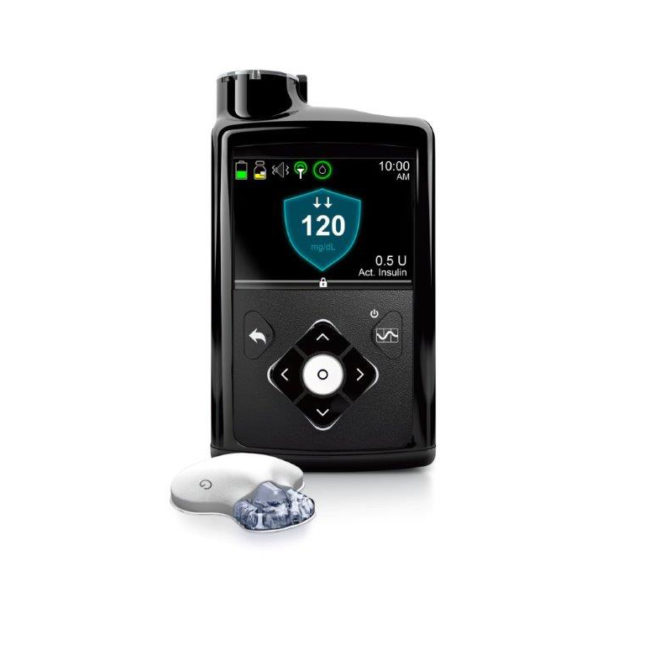Mealtime insulin doses are determined by having the user enter the number of grams of carbohydrates in the meal, and effective therapy may depend on hyperglycemia-correcting doses. A warm-up period, during which the system collects information about insulin doses controlled by the user, may be required before automation can begin.
A study carried out by a team of researchers grouped around the Bionic Pancreas Research Group has analyzed the efficacy and safety of these devices. The 13-week trial, conducted at Nemours Children’s Health, Jacksonville, and 15 other clinical centres in the United States, included 326 participants between the ages of 6 and 79 who had type 1 diabetes and had been using insulin for at least one year.
In patients using the bionic pancreas, glycosylated haemoglobin – a measure of a person’s long-term blood glucose control – improved from 7.9% to 7.3% but remained unchanged in the standard care check. In addition, they spent 11% more time, approximately 2.5 hours a day, within the target blood glucose range, compared to the control group. These results were similar in young and adult participants, and improvements in blood glucose control were more significant among those with higher blood glucose levels at the start of the study.
Although no cases of diabetic ketoacidosis appear after prolonged periods with low insulin levels, the team observed more cases of hyperglycemia, recorded mainly in the experimental group.
The study shows that the advanced bionic pancreas technology controlled blood glucose better than currently available insulin delivery methods among participants of all ages, from adults to children as young as six.


